No matter the vehicle, safety should always be the first thing on your mind. Even if you’re confident in your abilities, you can’t rely on others to always follow the rules and stay alert.
When riding outside on an electric trike, you might come across various unpredictable situations. Maybe the weather is harsher than expected or traffic is acting up. In any case, it’s important to ride safely and adapt to the situation.
There are several things you can do to maintain safety while eTriking outside. You need to make sure the trike is in top condition. Other than that, you must learn to maintain situational awareness and follow the rules of the road.
So let’s dive into all the essential safety tips to think of as a beginner eTriker. These will help you ride confidently, minimize risks and get more confident with your electric tricycle.
Preparing Your Electric Trike Before You Hit the Road
The first step is ensuring that your electric trike is street-ready and safe to ride. This includes making sure essential components are topped up and you’ve adjusted everything to ride safely and stay visible.
So here’s a quick checklist for you to go through before you start riding every day:
- Battery Charge: Check the battery levels and make sure you have enough to last the day. You don’t always have to keep it at 100%, but make sure it’s sufficient enough for your daily needs.
- Side Mirror Check: Never a bad idea to install side mirrors on your trike. Always have them on and check them every day before heading out.
- Horn and Bell: Honk the horn and bell to confirm they’re working. This can save you from situations where you need to alert others of your presence.
- Brakes: Always do a trial run with the brakes. Make sure the levers are working as expected, the brakes provide immediate stopping power and there are no squeaking sounds.
- Lights and Reflectors: This is especially important if you’re heading out at night or during low-light conditions. Turn on the lights, turn signals, brake lights and make sure they’re working. Also, make sure the reflectors are clean and positioned correctly.
- Chain: Check the chain and gear system for any slack or dirt. Clean and lubricate them if necessary as it can improve safety as well as the durability of your trike.
- Cargo: Double-check the straps or racks if you’re carrying cargo. Make sure everything’s secure and you’re not overloading the trike with too much weight.
- Tires: Check the tires. Make sure they have enough air and the treads are in good condition.
- Safety Gear and Emergency Kit: Make sure you have a helmet and other necessary safety gear and equipment. Also, bring along an emergency kit and make sure it’s stocked up.
Essential Riding Gear: What To Take With You

Wearing a helmet while riding is common knowledge at this point. Basically, everybody who doesn’t ride without a helmet is at risk of serious injury.
But apart from the helmet, what other safety gear should you prioritize? Also, what sort of things do you need to take on your emergency kit?
As part of your daily riding gear, you need to include things like:
- Helmet: A well-fitted helmet that’s sturdy and high-quality can protect your head. Helmets are crucial and they’re the first thing you should put on.
- Protective Eyewear: Most bicycle helmets don’t come with a visor. So be sure to use sunglasses or clear lenses. These can help you maintain visibility and protect your eyes from insects, dust and sun glare.
- Gloves: A must-have when riding through rain or harsh weather. Gloves help you grip the handlebars better. A good pair of gloves can protect your hands during a fall and minimize RSIs (Repetitive Strain Injuries)
- Elbow and Knee Pads: Extremely useful for seniors and beginner riders. They can protect the rider from scrapes, bruises and other serious injuries during a fall.
- Reflective Vest and Accessories: When riding an electric trike you want to stay visible as much as possible. So don’t forget a reflective vest, tape and stickers. Also, be sure to include a reflective backpack cover if you’re wearing one.
- Bicycle Repair Kit: A repair kit can help save time and prevent delays in minor emergencies. Make sure the kit includes things like a multi-tool, patch kit, air pump, tire levers, etc...
- Power Bank: Be sure to carry a portable charger or power bank. This can help you top up your phone or external lights when you’re riding for longer distances.
Navigating Traffic Safely
Preparations and safety gear aside, you’ll need to learn how to ride safely around vehicular traffic and pedestrians. Otherwise, you open yourself up to accidents or collisions which can affect you and others.
Three things that you need to cultivate when navigating traffic are situational awareness, caution and road etiquette.
You need to have full control of the trike, understand where you are and anticipate what others will do. On top of that, you need to follow the rules of the road so you can communicate clearly with others and minimize accidents.
When it comes to navigating traffic on an electric trike, a few things to consider are:
- Always obey stop sights, traffic signals and lane markings. These are implemented so people can navigate the roads safely and minimize confusion.
- Use the correct lane while riding. Also, be sure to use turn signals (via the built-in system or hand signals) when making turns or changing lanes.
- Stick to the bike lanes whenever possible. If there isn’t one, always ride closer to the pavement (or sidewalk) to stay visible and maintain distance from oncoming traffic.
- Always maintain your distance from vehicular traffic. Don’t ride too close to them so you can avoid blindspots, or getting hit by car doors opening.
- Slow down when nearing intersections. Also, be extra careful when vehicles are turning in front of you, they might not see you right away.
- Always assume that drivers won’t give you the right of way. This helps you stay vigilant and prevent easily avoidable accidents.
- Watch out for potholes, bumps or uneven surfaces. Make sure to slow down or avoid these obstacles as much as possible.
- Be wary of the weather and road conditions. Drive slowly when it’s wet because ice, snow and mud can make roads slippery.
Wrapping Up
Riding an electric tricycle doesn’t have to be a stressful experience. As long as you’re well-prepared and follow the rules of the road, you should be fine.
When preparing for a ride, always ensure your electric trike has enough battery and is in good condition. You want to check critical components like brakes and also wear the right protective equipment.
On top of that, you need to drive carefully and follow traffic rules. Take it slow when riding around traffic and always assume that others will not see or yield to you. This way, you can prevent accidents and stay safe on the roads.

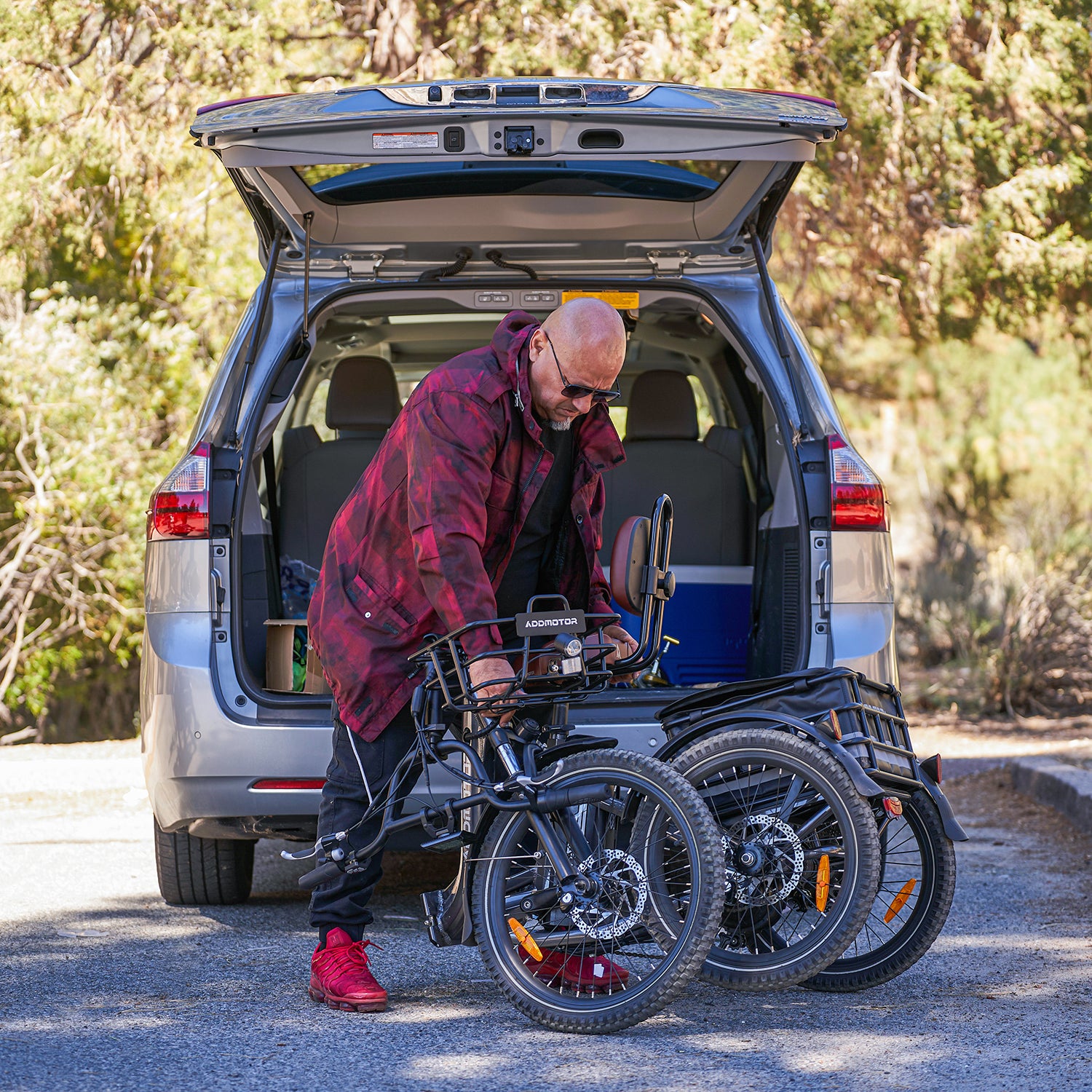
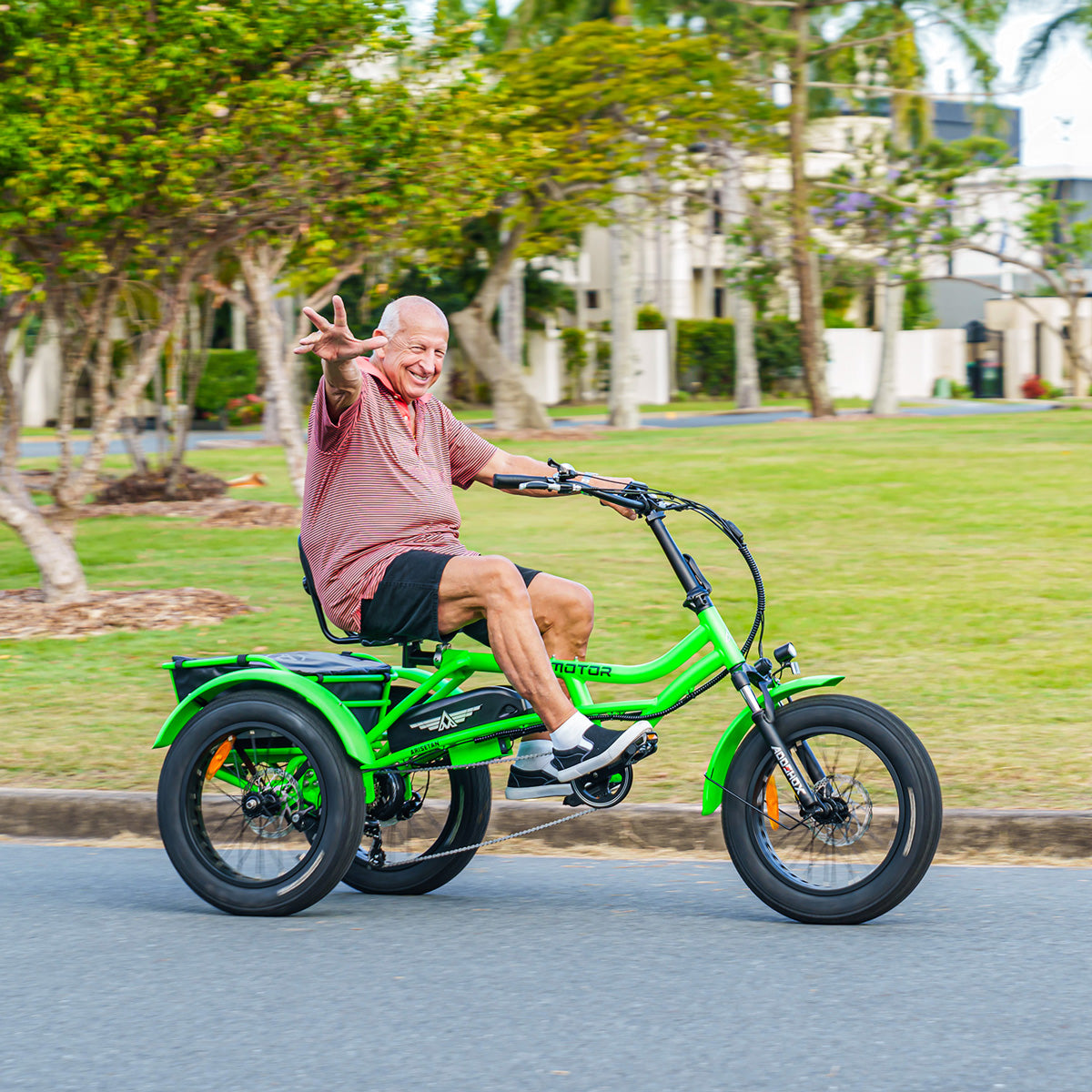
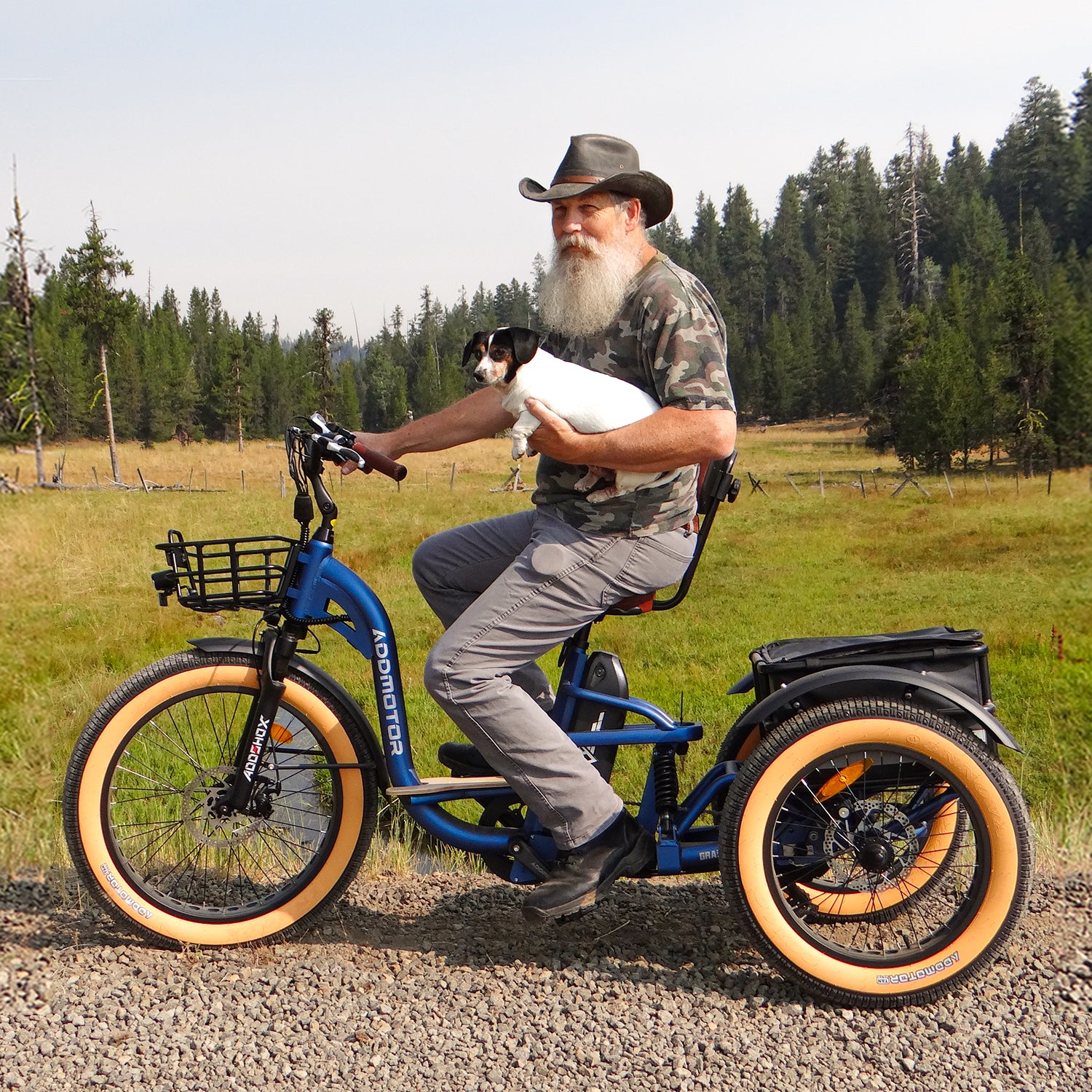

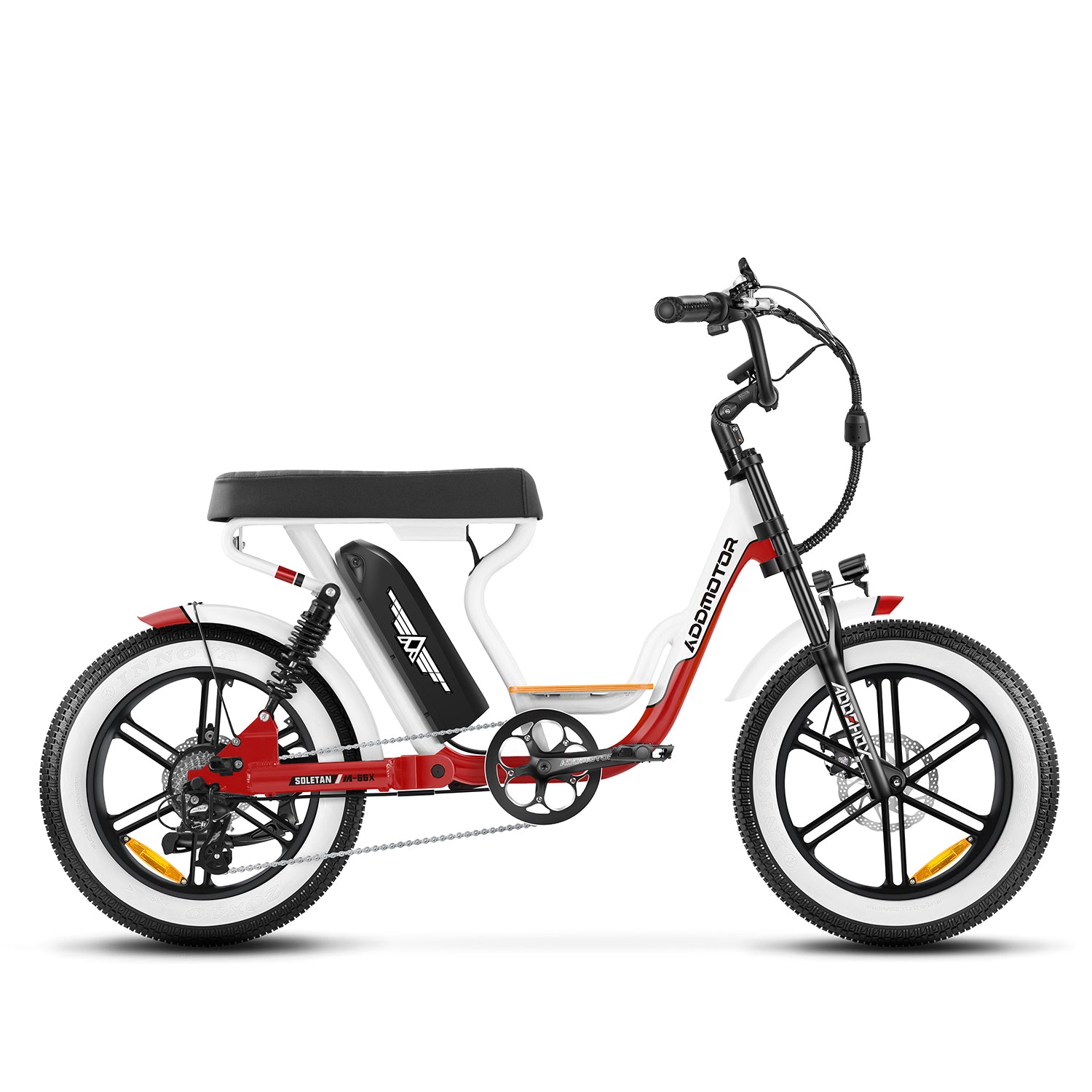
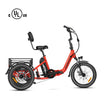

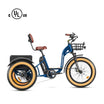
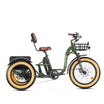
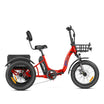
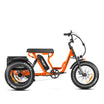
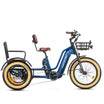
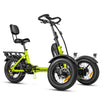
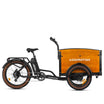
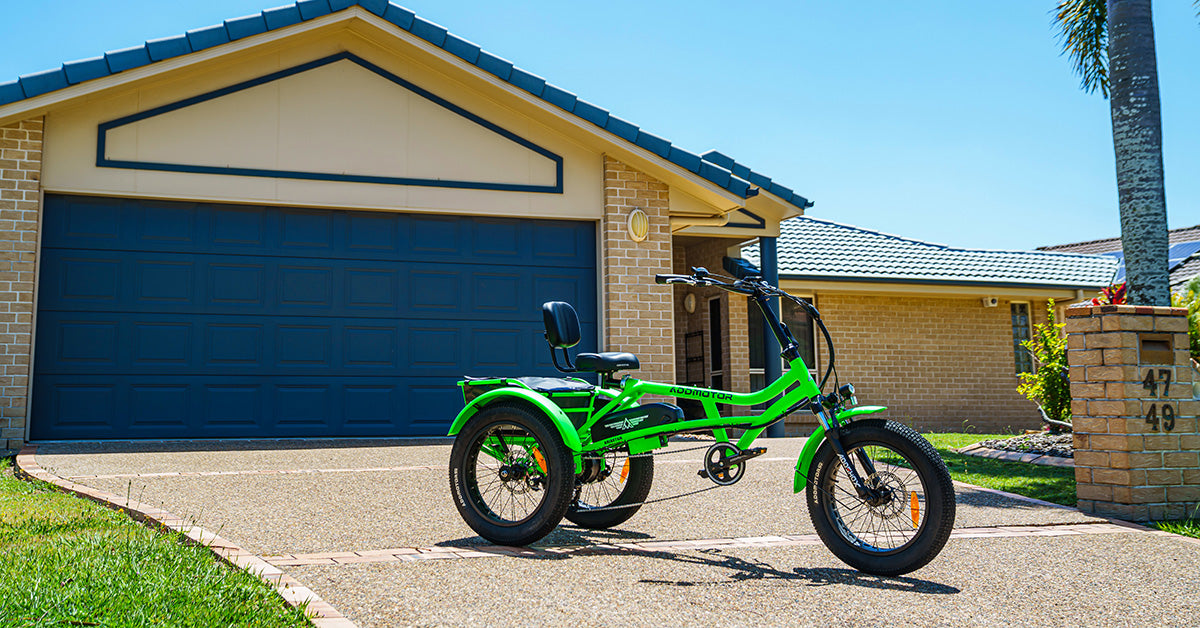

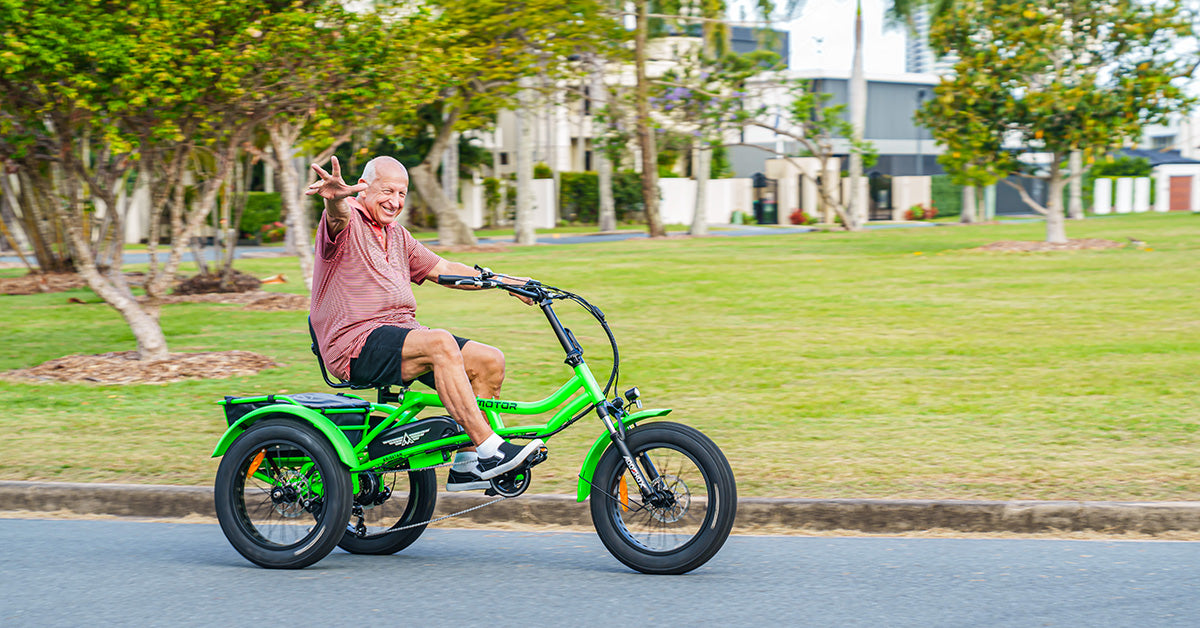
Leave a comment
This site is protected by hCaptcha and the hCaptcha Privacy Policy and Terms of Service apply.